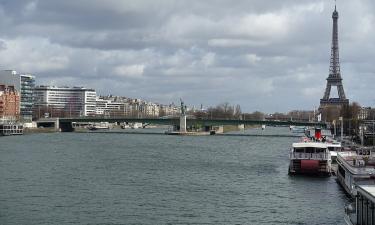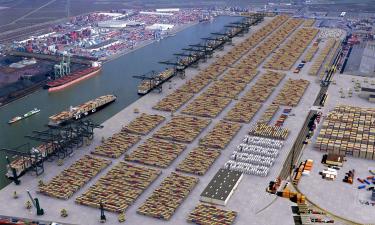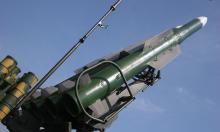Global warming
Arctic conditions in European summer
Global warming is no longer a mere rumour or an exaggeration of data taken out of context. The world’s climate is changing with an underlying message of catastrophe, if nothing is done to decrease atmospheric pollution.
The scientists began a decade ago with warnings about how El Nino (the Child) would cause drought and flood cycles. As the phenomenon became clearer, it was more and more evident that the change in world climatic patterns was due to something more than the local heating in the waters of the Pacific. Investigation revealed that atmospheric pollution gathered in the stratosphere blocks the planet’s natural cooling process by not allowing heat to escape, the result being a build-up as more and more solar rays enter, exacerbated by the ozone gap, coupled with a rising temperature due to industrial output.
The results have been constant, and alarming. This summer is no exception. With Arctic conditions in central Europe and severe snow-storms in Switzerland, violent storms have swept through the Czech Republic, Austria, Germany, Britain, Bulgaria and Romania, leaving a trail of devastation and death. Austria had its worst floods for the last 100 years and thousands of firemen are on stand-by for a continuation of the heavy rainstorms. The Mediterranean holiday isles of Capri and the Spanish Balearics (Majorca, Minorca and Ibiza) have seen their worst summer in living memory.
58 people have been killed in recent days in Russia, where torrential rain has severely disrupted the region’s holiday season. More bodies are being searched for in the wreckage from destroyed houses and cars. Thousands of people have been evacuated from the area. In India, 49 people were killed by mudslides in Utarranchal state after torrential rains at the weekend, which cut off several villages. In India, Nepal and Bangladesh, over 700 people have been killed and millions have lost their homes.
In the United States, different areas are either affected by the most severe droughts for many years, while others have suffered from heavy flooding. Likewise in China, a chaotic situation has arisen due to the extreme weather fronts in two areas – an almost total lack of water in the north, where a drought is threatening the livelihood of 8 million farmers – 6.3 million cattle are at risk of starving to death in the drought – and in the centre and south, tropical storms which have killed 900 people already this year.
70 people died in the central province of Hunan in the last week, while in Anren, 3,200 houses were destroyed and thousands of people had to be re-housed. 30,000 people are working desperately to shore up the banks of the river Beijiang, which has killed 33 people in the region in recent flooding. On the other hand, the provinces of Hebei, Shanxi and Shandong are suffering from the worst heat wave in 50 years.
The widespread damage is proof that this is not a local phenomenon and if the temperature is allowed to continue to rise, outbreaks of tropical diseases in the northern hemisphere will not be consigned to the realms of science fiction movies. The West Nile Virus spreading across the USA is a symptom of things to come, as is the fear that there will be a very real problem with endemic malaria in Portugal, Spain and Italy in the coming years.
Kyoto was an attempt to address the problem. There was a lot of discussion and a lot of promises were made but when it came to decision-making time, not all countries were in favour of action.
Timothy BANCROFT-HINCHEY PRAVDA.Ru
Subscribe to Pravda.Ru Telegram channel, Facebook, RSS!





